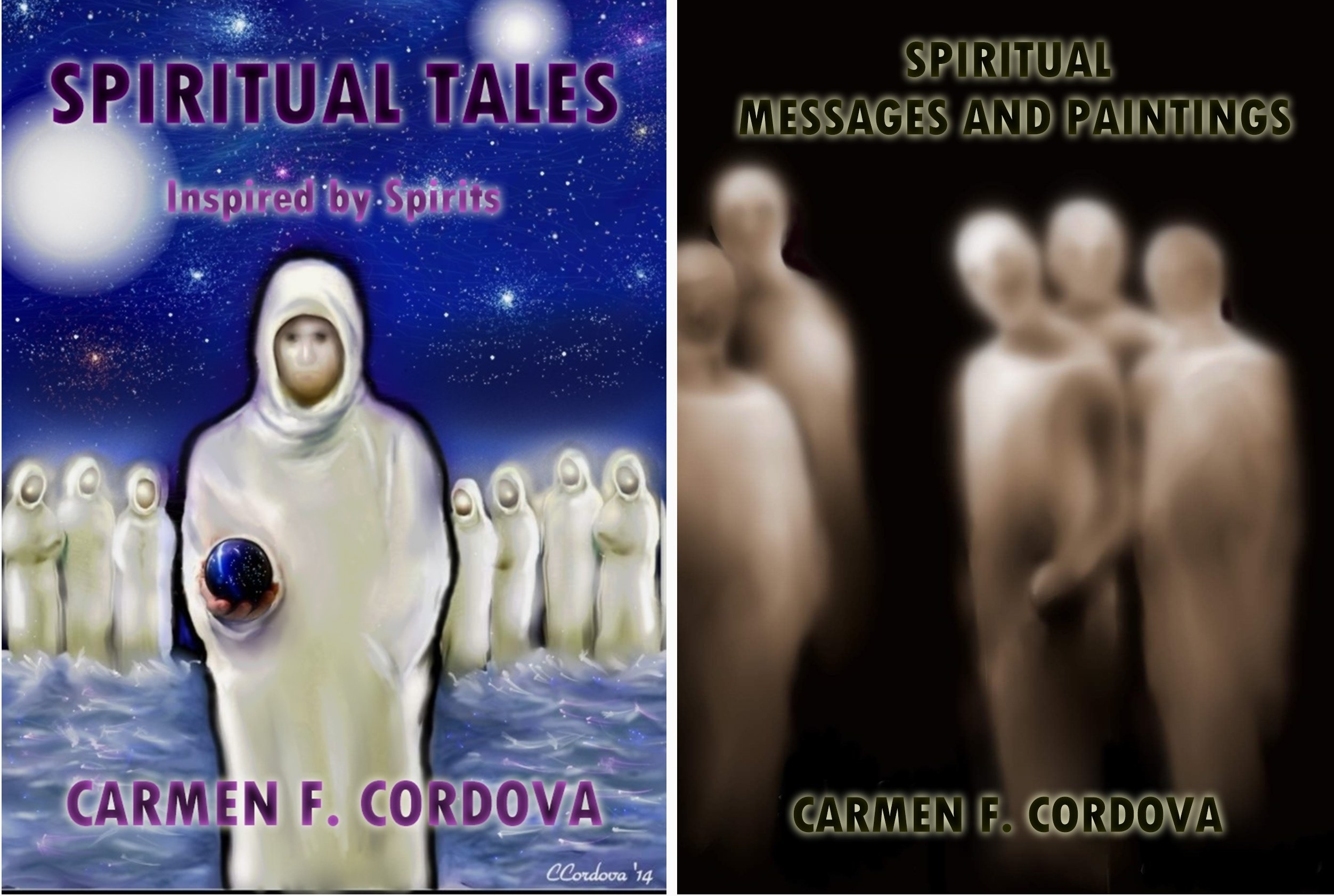What Religion is in Vietnam ?
Caodaism
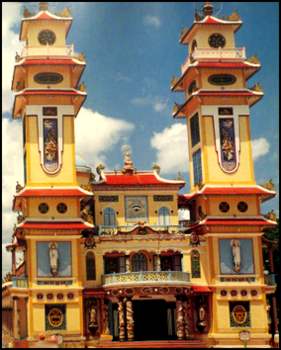
Caodaism Beliefs
"All Religions Are One"
What Religion is in Vietnam ?
Vietnam is a multi-religious country, with Buddhism and Catholicism being the most prominent religions. However, Caodaism, which emerged in the early 20th century, has gained significant popularity, with an estimated 4 to 8 million followers. Although it has slowly spread to other countries, most of its followers are still in Vietnam.
If you are ever in Vietnam, you need to visit the Cao Dai temple in Tay Ninh. It is like no other. Its architectural set-up is truly a work of art. The outside walls are painted with dazzling colors and embellished with symbolic designs and sculptures. The top of the front entrance is adorned with an eye and rays, representing wisdom, awareness, and spiritual light pouring out onto the world.
Massive columns, decorated with figures of colorful dragons, surround the inside of the temple. The richness of the artwork is beyond words. Undoubtedly, the hand of God guided the master builder in creating such a glorious spiritual temple.
The Vietnam Caodaist Temple is a work of art that is magnificent in every way. It is a must see.
Origins and History of Caodaism
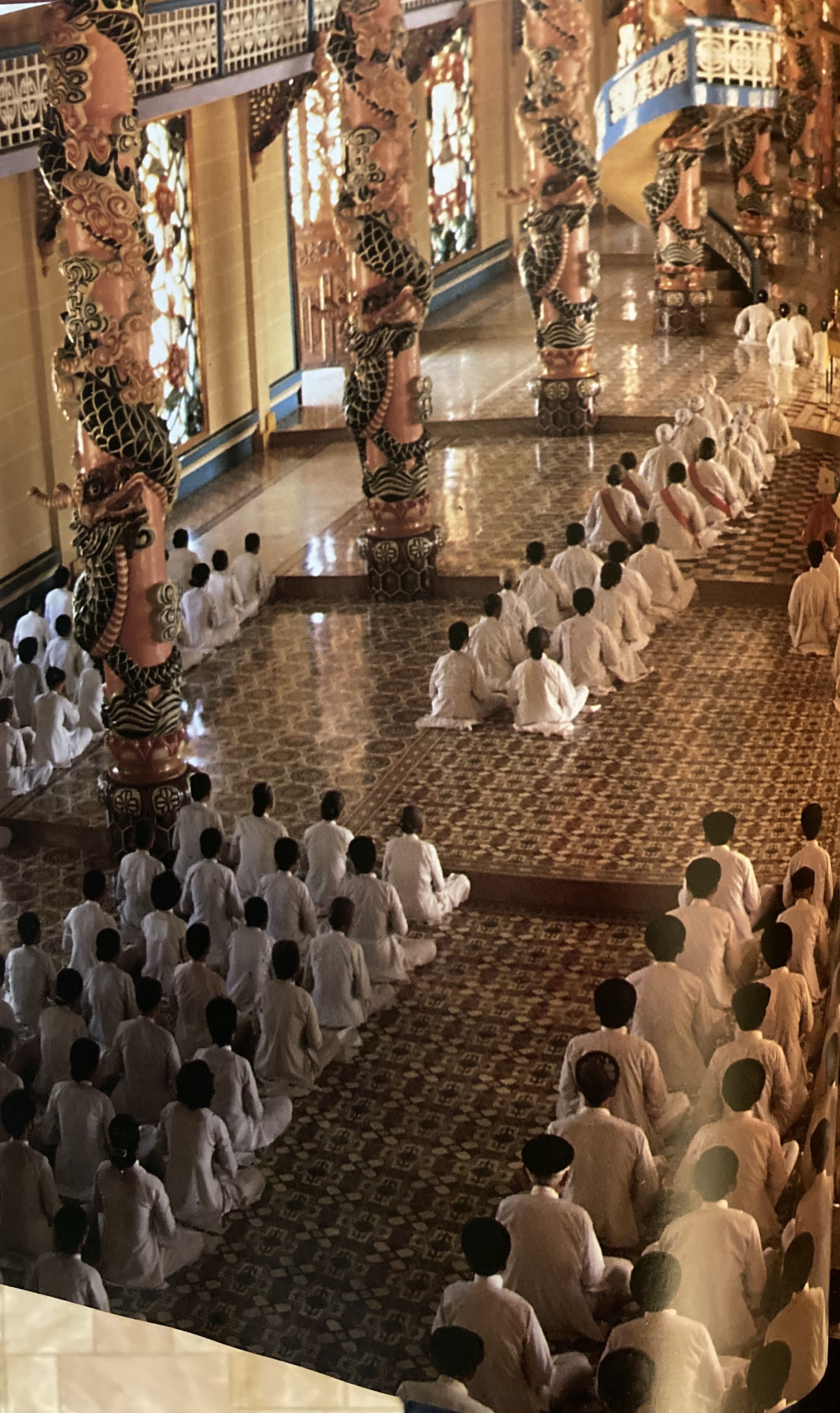
The religion practiced in this temple is different, but in a unique and positive way. It offers a refreshing perspective by combining the beneficial elements of various faiths, with God as the central focus and creator of all.
The origins of Caodaism can be traced back to 1926. Ngo Minh Chien, also known as Ngo Van Chien, was a spiritual medium through whom spirits communicated the foundations for a new religion, which was later called Cao Dao, which means "God."
Born in 1878, Chien had a deep interest in both Western and Eastern theologies. He became fascinated with spiritism at a young age and viewed it as a way to connect with the divine realm and learn from the spirits of deceased individuals and benevolent spirits.
During his participation in spirit seances, he claimed to receive messages from spirits, including the voice of God, about the creation of a new religion. These spiritual events and revelations inspired him to establish a faith aimed at unifying the diverse religious traditions present in Vietnam at that time. He believed he gained profound insights into the true meaning of religion. According to Chien, God provided him with clear instructions for creating this new religion, which was named Cao Dai. He was 41 years old when he began experiencing these revelations.
Spirits advised him that to promote world peace and harmony, he should combine the positive aspects of all religions into a unified belief system.
In addition to fostering peace and harmony, the core principles aim to help humanity achieve spiritual growth and break free from the cycle of continuous reincarnation.
Ngo Van Chieu, although not officially recognized as the founder of Caodaism, was the spiritual vessel chosen by spirits to deliver their messages from the spirit world, which led to the creation of a new religion. He played a crucial role in establishing its foundational principles. Ultimately, he chose to step aside and live in seclusion.
The early leaders of Caodaism worked diligently to codify its teachings and practices, ensuring that it would be recognized as a legitimate religious tradition.
In 1997, the Cao Dai religion received legal recognition from the Vietnamese government, affirming its status as an official religion in Vietnam. This acknowledgment marked a significant milestone for Caodaists, enabling them to practice their faith openly and continue their mission of promoting spiritual unity and harmony.
Cao Dao continues to grow stronger, with 1000 temples and approximately 4 to 5 million followers worldwide. It is the third largest religion in Vietnam.
Core Beliefs and Teachings
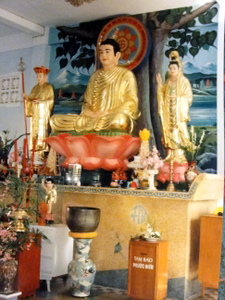
This religion consists of one God, an earth goddess, and an array of saints who are God's assistants. It preaches love and compassion for all. Furthermore, it teaches that man is inherently good, and killing is wrong. Due to the latter belief, many Caodaists were persecuted during the Viet Nam conflict.
At the heart of Caodaism lies the belief in Cao Đài, the supreme being who represents the highest deity. This central figure embodies the ultimate spiritual point to which all followers aspire. Caodaism offers a unique syncretic approach, blending elements from various world religions to promote a message of unity and interreligious dialogue. This new religion emphasizes that different faiths share a common foundation, encouraging its followers to see beyond religious differences and focus on the shared moral and ethical principles.
One of the most intriguing aspects of Caodaism is its concept of the Third Amnesty, which envisions a future where all religions can unite for 700,000 years, fostering a sense of connectedness and collective spiritual evolution. This belief underscores the importance of service to humanity, integrating personal growth with community well-being, and promoting a great universal religious amnesty.
Caodaism also recognizes various levels of spiritual attainment, including paths to reach the status of Buddha, which is considered the highest lord rank. This hierarchical approach to spiritual development encourages followers to strive for greater enlightenment and moral integrity.
Spiritual Guidelines
FIVE PROHIBITIONS OF CAODAISM
1- No Killing
2-No Stealing
3-No Drinking of Alcohol or Eating of Meat
4-No Committing Lewd Acts
5-No Lying
The Four Great Commandments
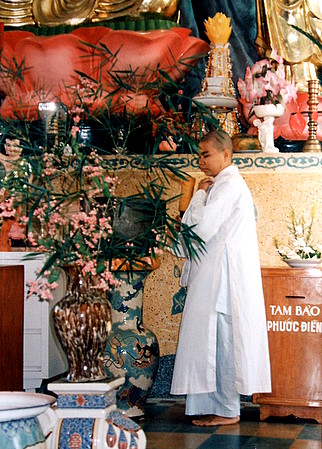
1- one should obey the teachings given by the superiors, listen openly to the words given by others, treat others civilly, and sincerely admit and repent one’s mistakes.
2- one should not flaunt talents or qualities in pride and haughtiness, should be humble and efface oneself in the service of others, should help and guide others into God’s path, should not be vengeful, and should not hinder virtuous and wise people.
3- one should be accurate in money matters, should not borrow without paying back, should not be impolite or discourteous to superiors, and should be civil and courteous when teaching inferiors.
4- One should be sincere and consistent in both the presence and absence of others; should not be respectful in the presence of others and then insult, condemn, or offend them in their absence; should not remain indifferent without trying to reconcile co-believers who are in conflict; and should not use authority to repress the talents or abilities of others.(vietvisiontravel.com)
Divine Messages and Communication
In Caodaism, communication with the divine realm is a central aspect of religious practice. Unlike many other religions, where divine messages are often conveyed through prophets or sacred texts, Caodaists believe in direct communication from God through spiritist messages. These divine messages are typically received during sacred ceremonies, where seances are crucial. Seances are conducted to communicate with the spirit world and receive guidance from over 70 distinct spiritual entities recognized by the faith.
The Divine Eye, the symbol of God's omnipresence, often features prominently in these ceremonies, underscoring the belief that God reigns and is always watching and guiding the faithful. These practices highlight the unique spiritual dynamics of Caodaism, where the divine realm is not distant but actively engaged in the lives of believers.
This continuous communication with the spiritual realm reinforces the faith's teachings and provides followers with ongoing spiritual support and direction
Sacred Symbols and Iconography
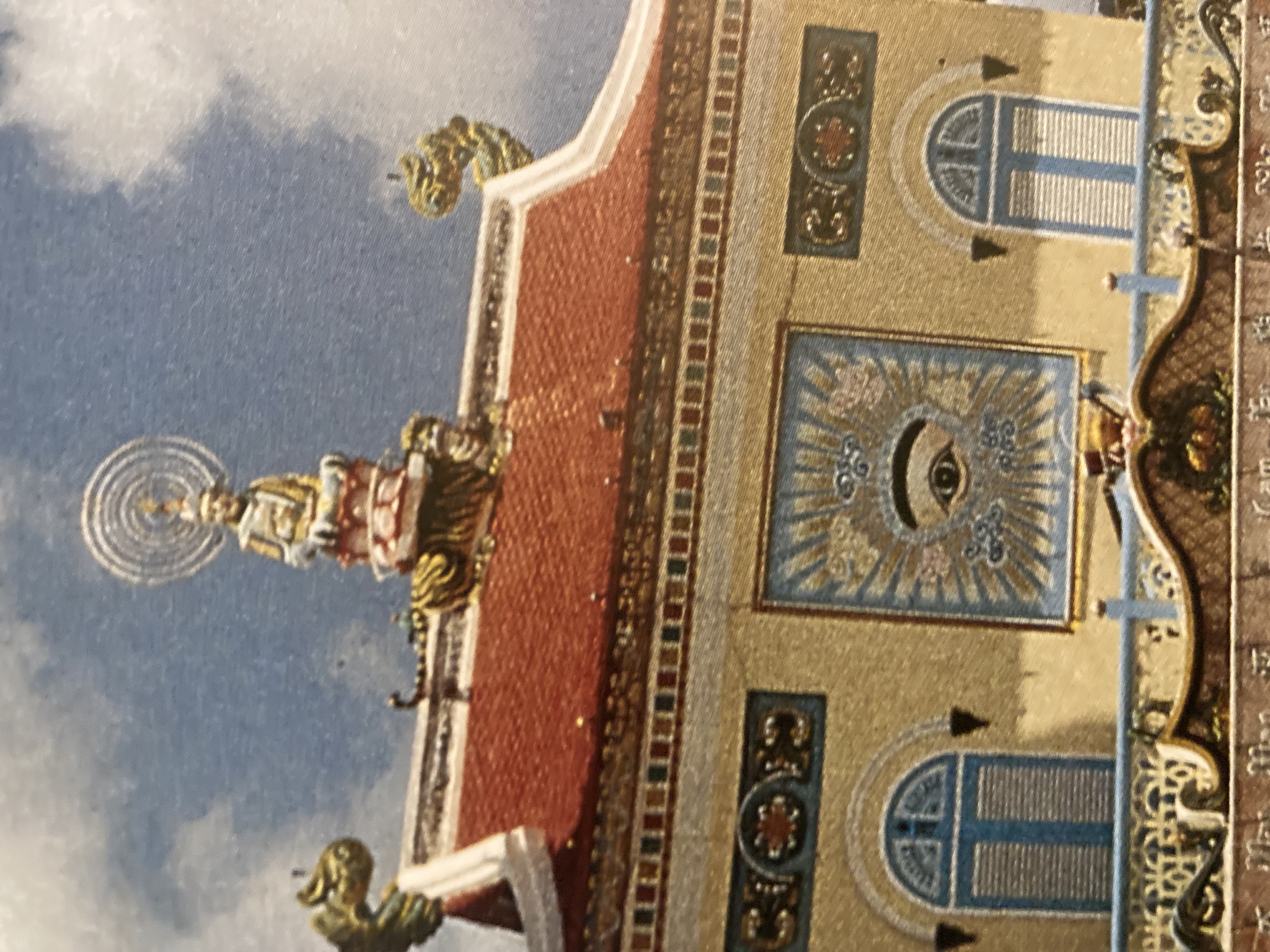
Caodaism's sacred symbols and iconography are rich with meaning and reflect the religion's diverse spiritual influences. The most prominent symbol is the Divine Eye, depicted as a left eye within a triangle, symbolizing God's omnipresence and oversight. This icon is a constant reminder of the divine presence and the importance of living a life aligned with spiritual principles.
In addition to the Divine Eye, Caodai iconography includes:
- The yin-yang symbol, representing the balance between opposites and the harmony of the universe
- Dragons, symbolizing prosperity
- Phoenixes, representing the dynamic interplay of masculine and feminine energies
These elements are also commonly featured in Cao Dai iconography.
The vibrant colors in Cao Dai temples highlight the religion's philosophical support and commitment to uniting different spiritual traditions. These colors represent:
- Yellow for Buddhism
- Blue for Taoism
- Red for Confucianism
- White is for purity, and followers often wear white.
Prominent Figures in Caodaism
Caodaism honors various prominent figures from various religious and philosophical traditions, illustrating its syncretic approach to spirituality. Key figures include:
- The Buddha, who symbolizes compassion and spiritual awakening
- Lao Tzu, representing wisdom and harmony
- Jesus Christ, revered for his teachings on love and sacrifice, bridging Eastern and Western spiritual traditions
Each of these figures represents different aspects of spiritual wisdom and enlightenment, ultimately leading to a profound understanding. Notable figures in Caodaism include Victor Hugo, who is recognized for his contributions to spiritism and teachings, and Sun Yat-sen, revered for his efforts in promoting unity and peace among nations. These individuals and Cao Dai (the Jade Emperor) embody the religion's inclusive and universalist essences, highlighting the interconnectedness of all human experiences and spiritual paths.
Practices and Rituals
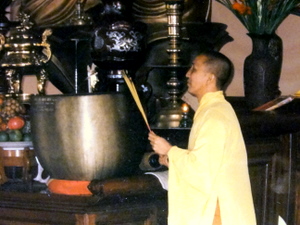
The practices and rituals of Caodaism are essential to its spiritual framework, offering followers organized methods for worship and personal growth. These rituals encompass bowing, prayers, and offerings at the altar, all of which illustrate a disciplined approach to spirituality. The guidance for these practices comes from the writings of Cao Dai, which outline detailed instructions on how to conduct ceremonies and emphasize the significance of ritual worship.
A prominent practice in Caodaism is automatic writing, which allows followers to receive new messages and teachings. This approach highlights the ongoing flow of divine guidance that influences the lives of Caodaists.
The religion encompasses both exoteric practices, such as ceremonial worship, and esoteric practices, including meditation and exploration of the inner self. Meditation, in particular, seeks to cultivate calmness and mental clarity, directing practitioners towards a profound understanding of their divine nature.
A key component of Caodaist practice is the vegetarian diet, which embodies compassion for all living beings. This dietary choice is essential for both the spiritual and physical well-being of practitioners, reflecting the ethical teachings of the religion.
Additionally, the altar serves as a symbolic space for spiritual reflection, featuring elements such as candles and incense that signify the dualities of existence and the journey of spiritual growth.
Collectively, these practices and rituals form a holistic spiritual framework that fosters individual development as well as a sense of community and harmony among followers.
Summary
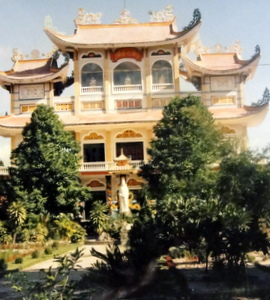
Caodaism stands as a unique religion that harmonizes the teachings of major world religions into a cohesive spiritual framework. From its origins in 1926 under the guidance of Ngô Văn Chiêu to its current status as a recognized religion in Vietnam, Caodaism has continually emphasized unity, compassion, and service to humanity. Its core beliefs, sacred symbols, organizational structure, and practices reflect a deep commitment to spiritual development and community well-being.
The religion’s influence extends beyond spiritual guidance, significantly impacting Vietnamese culture through contributions to education, healthcare, and social welfare. Globally, Caodaism’s gradual missionary efforts and the translation of its scriptures into various languages have broadened its reach, promoting a message of universal peace and interconnectedness.
By exploring Caodaism, we gain a richer understanding of the diverse tapestry of world religions and the enduring human quest for spiritual truth.
May there be WORLD PEACE
Click below and views more than 600 pieces of spiritual artwork

Spiritual Books
If you enjoy the articles on this website, you will also appreciate the short stories in the books below. Click here and continue the journey.
